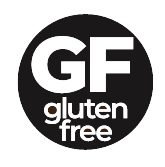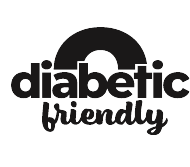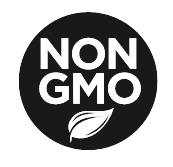
Keto / Ketogenic Diets

I. One diet regimen that has proven to be very effective for rapid weight loss is a very-low-carbohydrate and high-fat ketogenic diet. A ketogenic diet is used to treat some types of epilepsy and is being studied in the treatment of some types of cancer.
II. To achieve positive results, this diet has to be extremely low in carbohydrates, high in dietary fat and include a moderate amount of proteins. This reduction in carbs puts the dieter into a metabolic state called ketosis. When this happens, the body becomes incredibly efficient at burning fat for energy. Ketogenic diet can cause massive reductions in blood sugar, insulin levels and help with weight loss.
III. Keto links https://www.ncbi.nlm.nih.gov/books/NBK499830/ https://www.cancer.gov/publications/dictionaries/cancer-terms/def/ketogenic-diet
Gluten Free

A gluten-free diet excludes any foods that contain gluten, a protein found in wheat and several other grains. It means eating only whole foods that don’t contain gluten, such as fruits, vegetables, meat and eggs, as well as processed gluten-free foods like gluten-free bread or pasta.
“Gluten is a protein naturally occurring in certain foods, but it can also be added to foods during processing for texture,” explains explains Selvi Rajagopal, M.D., M.P.H. Gluten can be used as a binding agent and flavoring, so you can sometimes find it in foods you wouldn’t expect. In addition to foods like pizza, pasta, cereal and baked goods, gluten can be in everything from soy sauce and ice cream to certain medications, beauty products and dietary supplements.
Some people think going gluten-free means not eating any carbohydrates, but this isn’t the case. Lots of foods that contain carbs, such as rice, potatoes and beans, don’t contain gluten.
People with a wheat allergy should avoid certain foods containing gluten, but not because of the gluten. Wheat triggers an immune response in their bodies, which can cause symptoms such as a skin rash, headache or sneezing. They can still eat gluten in other grains, including barley and rye.
For more information, read the full article at:
Celiac disease is a serious autoimmune disease that occurs in genetically predisposed people where the ingestion of gluten leads to damage in the small intestine. It is estimated to affect 1 in 100 people worldwide. Two and one-half million Americans are undiagnosed and are at risk for long-term health complications.
When people with celiac disease eat gluten (a protein found in wheat, rye and barley), their body mounts an immune response that attacks the small intestine. These attacks lead to damage on the villi, small fingerlike projections that line the small intestine, that promote nutrient absorption. When the villi get damaged, nutrients cannot be absorbed properly into the body.
Celiac disease is hereditary, meaning that it runs in families. People with a first-degree relative with celiac disease (parent, child, sibling) have a 1 in 10 risk of developing celiac disease.
Celiac disease can develop at any age after people start eating foods or medicines that contain gluten.
For more information on Celiac disease, read the full article at:
Diabetic Friendly

According to the National Diabetes Association, “What can I eat?” is one of the top questions asked by people with diabetes when they are diagnosed. And a huge part of managing type 2 diabetes is developing a healthy diet.
When it comes to developing a healthy diet, the carbohydrates, or carbs, you eat play an important role. They impact your blood sugar, so remember that balance is key!
There are three main types of carbohydrates in food—starches, sugar and fiber. As you’ll see on the nutrition labels for the food you buy, the term “total carbohydrate” refers to all three of these types.
When it comes to choosing foods with carbs, the goal is to choose carbs that are nutrient-dense, which means they are rich in fiber, vitamins and minerals, and low in added sugars, sodium and unhealthy fats. Smart Baking Company products are all full of fiber but are sugar free or and starch free.

